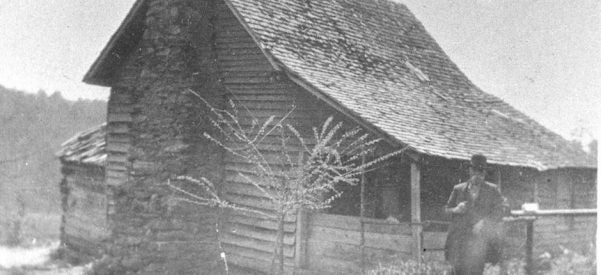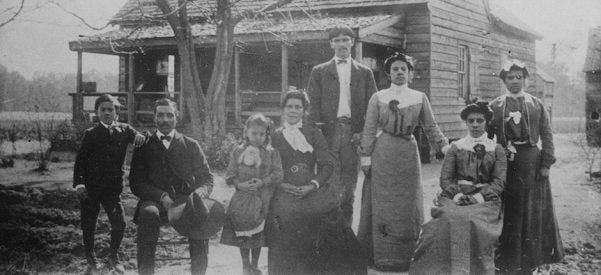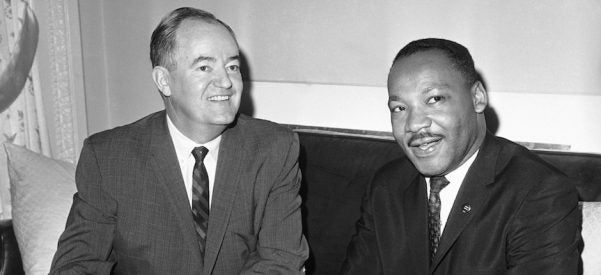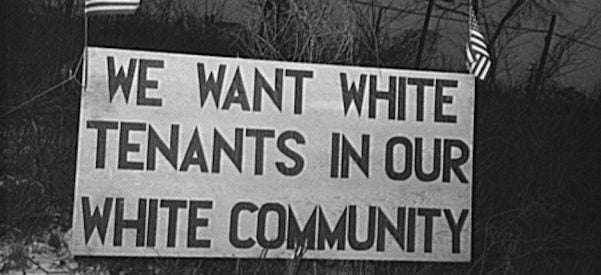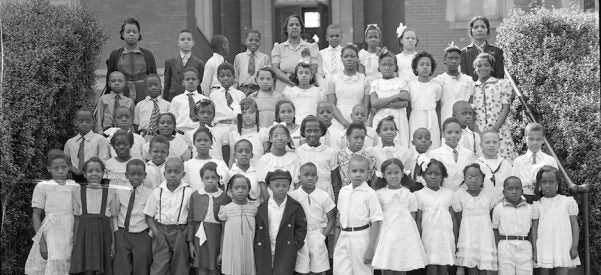The Black Freedom Colonies of Appalachia Where Former Slaves ‘Could Speak Their Minds’
Though Their Stories Are Still Overlooked, African Americans in Mountain Communities Like Liberia, South Carolina Are Emerging From History
Beneath the brush on the sloping hillside facing the Blue Ridge Mountains in upper Pickens County, South Carolina, lay a hand-carved soapstone tombstone bearing a simple inscription: Chanie Kimp/Died/Aug. 6, 1884/Age 60 ye. Near that grave is another, marked by a white metal funeral home marker, with a barely legible card: James Kemp/Died July 19, 1938. These graves and dozens of others like them, just rediscovered in 2007, lie in the old cemetery of Soapstone Baptist Church, founded by newly …


